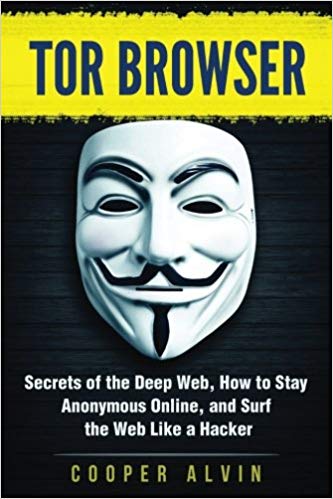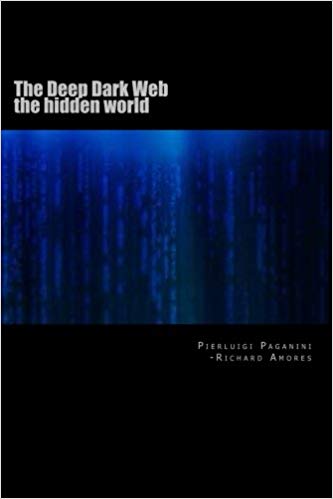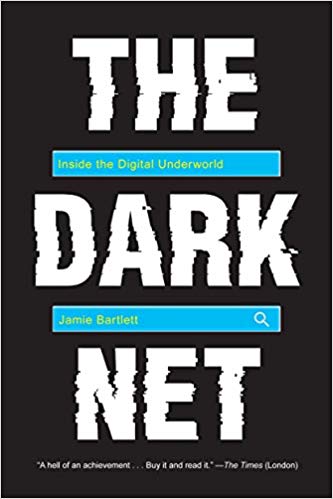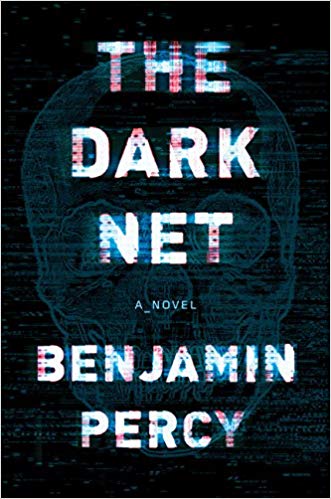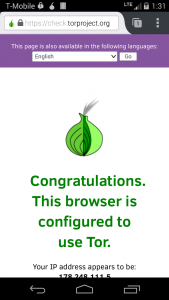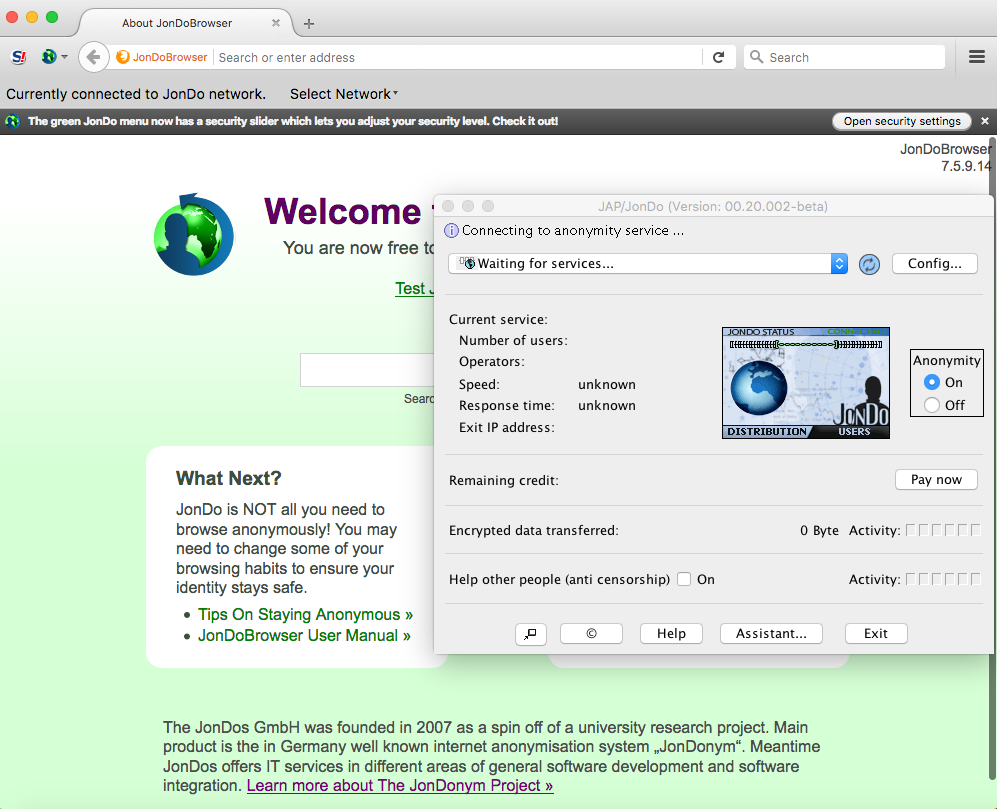Top 10 Best Deep Web, Dark Web and Darknet Search Engines in 2020
You can not access darknet sites through Google or any of the other popular surface web search engines. You need a search engine built to crawl sites in the deep web and dark web. Also, it is almost impossible to memorize URLs used on the dark web because the URLs are made up of letters and numbers, such as ftzxq4322gh13dx.onion.
To help you navigate the “hidden internet,” we have compiled a list of the top ten best deep web, dark web, and darknet search engines in 2019.
1. DuckDuckGo
DuckDuckGo, a privacy-focused search engine, is one of the most commonly used search engines on the Tor network. This dark web search engine, which also lets you search the regular web, has a clean and simple interface and does not track your search history.
Additionally, DuckDuckGo does not log your IP address or how much time you spend on a particular search term nor does it show ads. If you are looking to browse the dark web and want your privacy and quality search results, DuckDuckGo is a starting point.
2. Not Evil
Not Evil is another popular darknet search engine that allows users to access content hosted inside the Tor network.
Its interface is also simple, but the search results returned are not orderly or properly arranged as other search engines you are used to.
There is an option for the advanced searchers to query the engine to include data such as the last response of the site along with ping time. There are no ads, which means the clutter is minimal.
3. Torch
Torch is another good darknet search engine, which claims to have indexed more than a million dark web page results. It makes it one of the biggest search engines in the darknet.
The search engine has also been live since 1996, which emphasizes its reliability. It has a simple interface that is easy to use, like other everyday search engines.
4. Pipl
Pipl is a search engine that provides access to over six billion non-surface web results. The search engine has an index of people’s identity and claims it is the world’s largest people search engine. The software provides access to deep web archives, that is web pages that are not indexed by surface web search engines like Google.
The search engine is more appealing to corporations and government agencies who are researching people’s profiles. It provides several advanced search parameter like searching by name, phone number, email address or social username.
5. Grams
Grams is a dark web search engine built for darknet markets. It is not a marketplace but remains popular among darknet marketplace users and researchers (and probably also law enforcement agencies) because it makes it easy to find dark web marketplaces. The search engine returns results that match keywords in title, descriptions, and vendors.
People can only access the search engine with an anonymous dark web browser because Grams only indexes pages and people on the Tor network. Grams has a Google-like interface with search ads. It also has Google’s “I’m Feeling Lucky” feature that takes you to a webpage the search engine thinks you may enjoy.
6. AHMIA
Ahmia is a free, open-source darknet search engine. This search engine works and gets results like any traditional search engine you know, which makes it very easy to use.
The interface is simple and provides some instructions on how to use it. It also offers the opportunity to report malicious darknet sites – like dark web porn platforms – so that it can blacklist them. That is the way the search engine ensures you are served only trusted websites.
For advanced researchers, the search engine provides a Link Graph that shows the connections of onion sites to another.
7. Candle
Candle is a lightweight search engine created by a person named “Jobi”. The project was announced in 2016 on Reddit, and many people commented positively. Candle’s motto is “no parentheses, no boolean operators, no quotes, just words.”
The search engine only returns the top 20 search results, with the option to move from one page result to another. Candle is like the Google of the dark web except that Candle does not display ads, and it does not have as many indexed sites.
8. Abiko
Abiko is another simple darknet search engine. It has just a search box to input your search term and no other clutter. It has an index of several Tor websites.
The search engine was announced on Product Hunt in 2017 and it has since got over 60 upvotes. It is an ad-free search engine that displays search results for only .onion websites.
9. Haystak
Haystak is a dark web search engine with over 1.5 billion pages indexed with about 260,000 onion website, including historical onions. It is one of the largest search engines on the Tor network.
The search engine shows advanced results and additional information on websites, including the cached version and data points for each site. However, most of these features are on the premium version. Though, the free version of this dark web search engine would be good enough for users just trying to find .onion sites.
This deep web link search engine excludes website links related to child abuse and human trafficking, and also provides the opportunity to report websites that feature distasteful or illegal content.
10. OnionLand Search
OnionLand is a popular search engine on the dark web with numerous features. It indexes only .onion sites.
It has a directory of hidden services in the dark web that could help you quickly find darknet sites. Additionally, it allows you to discover the most popular search terms on the dark web (categorized from A – Z). OnionLand also offers other products like Deep Web hosting and Domain registration.
Searching the deep web can be challenging but with the above-mentioned search engines, you should be able to find the onion websites you are looking for with relative ease.







